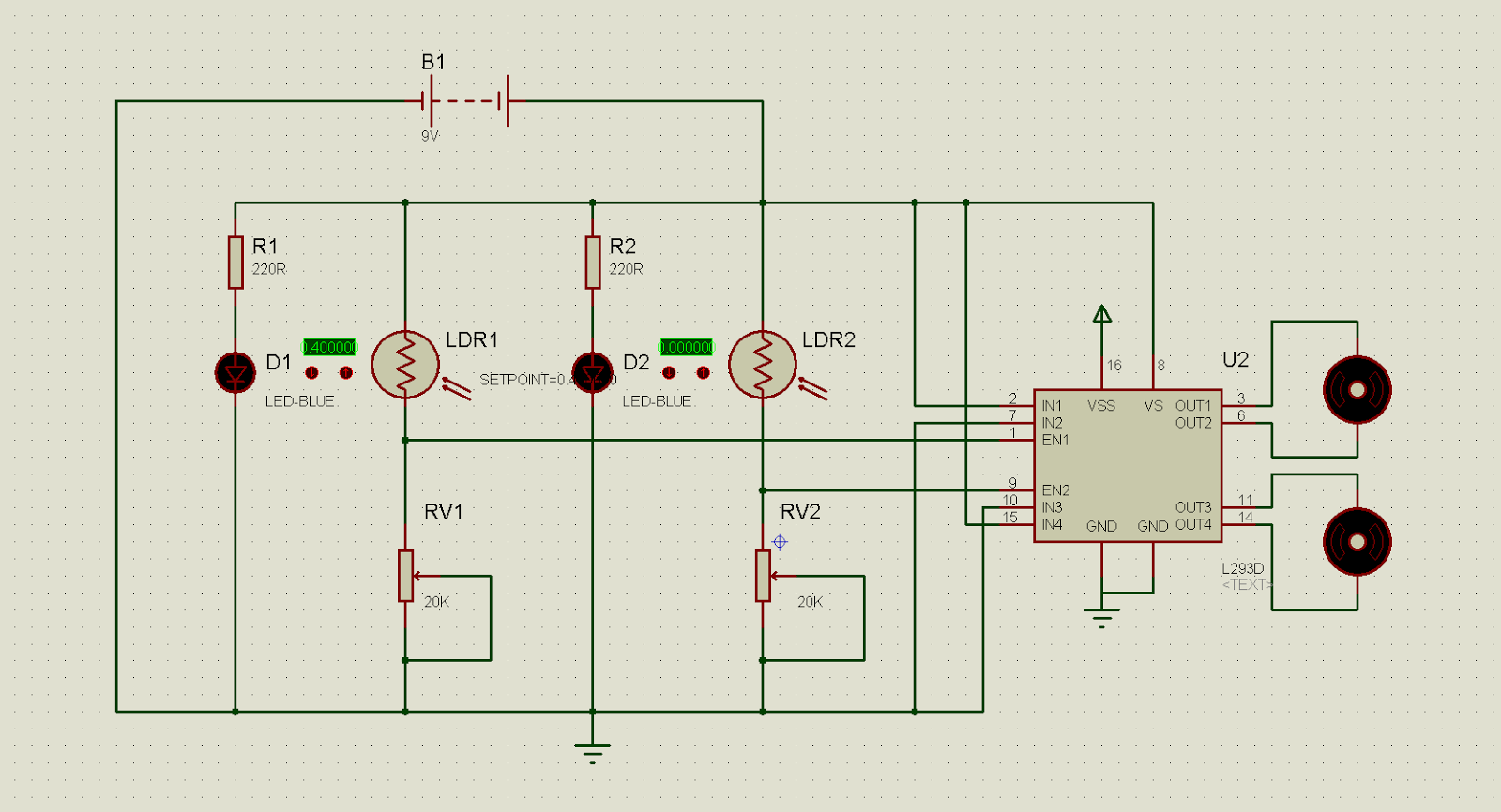12V 7.2Ah SMF Battery Charger: Smart Approach for Smart devices by Smart People !!
Difficulty Rating: 5/10
Abstract:
All the details of the project including circuit designing, circuit operation, circuit testing & debugging has been mentioned in detail at this link. Click here
Abstract:
This project gives an overview of the Sealed Maintenance-Free
(SMF) Lead-Acid Rechargeable Battery charger using 3-pin IC LM-317 as voltage regulator and opamp IC
LM-324.
In case
of a simple battery charger, when the battery
is fully charged and is left plugged in for more than a day or two, the
battery may get damaged. In order to protect the battery from
this major risk, the
proposed battery charger is designed in such a way that the charging current
falls gradually
as the charging progresses. So the battery can be left plugged
into this charger indefinitely, and it won't bother it in the slightest.
Designing
the Circuit:
| Click the image to view the enlarged version |
The LM317 is an
adjustable three-terminal positive-voltage regulator capable of supplying more
than 1.5A over an output-voltage range of 1.25 V to 37 V. It is exceptionally
easy to use and requires only two external resistors, R2’
and R2” (R2= R2’+
R2”) to set the output voltage. Furthermore, both line and load
regulation is better than standard fixed regulators. In addition to having
higher performance than fixed regulators, this device includes on-chip current
limiting thermal overload protection, and safe-operating-area protection. All
overload protection remains fully functional, even if the ADJUST terminal is
disconnected. By connecting a fixed resistor, R1 the ADJUST and OUTPUT terminals, the
LM317 can function as a precision current regulator. An optional output
capacitor can be added to improve transient response.
Determining the
values:
Vo is calculated by following formula , Vo = Vref * ( 1 + R2/R1 )
Testing of the Circuit:
The best way to check that the
circuit is working is to monitor the current as it flows into your battery.
Recall that all the current goes through resistor R3. So you can get a good
estimate of the current going into your battery by measuring the voltage drop
across the resistor. Use the formula I = V / R (where I = current in amps, V =
voltage in volts, R = resistance in ohms) to get the current flowing through
the resistor .
Having connected the multimeter probes to the OUTPUT,by adjusting the
500 Ώ Trimpot, output voltage can be varied and optained as wanted( between 12v
and 15v ,minimum and maximum charging voltages).To check the regulation of
voltage regulator IC LM317,connect the negative probe of the multimeter to the
ground ,and observe the voltage at INPUT , OUTPUT and ADJUST pins.While doing
so take enough precaution as not to short OUTPUT and ADJUST pins as it may
damage the transistor BC 547,whose collector is connected to adjustment pin.
|
ADJUST
|
OUTPUT
|
INPUT
|
Vref
|
|
13.7 V
|
12.47 V
|
15.01 V
|
1.23
|
The difference between voltage at output pin and adjustment pin is
1.23 (~1.25) which is the reference voltage Vref.
Current rating of battery to be charged 7.2 Ah 12v, short circuit curent Isc = 720mA
.Using multimeter check the short circuit current.If the Isc shows a different
value than expected,it can be changed by increasing or decreasing the load
connected between the emitter of the transistor T1 and ground.
Circuit Working:
The circuit uses two LEDs as
indicators ; one for signalling charging ON condition ,and the other as an
indicator , when charging voltage falls below
its terminal voltage (~12 volts). Terminal voltage can be adjusted by
adjusting the 1k Trimpot. The output voltage range can be adjusted by 500 ohm
Trimpot.The charging voltage is adjusted such that each cell gets charged at
2.25 – 2.3 v/cell by limiting the charging voltage between 12v and 15v,initial
current being less than 0.3CA.
LM324 is used in
comparator circuit ,after the rectifier circuit.Comparator will compare the
voltage levels,and if the output voltage is less than the charging voltage ,the
voltage across the red LED will go high thus indicating drop in charging
voltage.
In the proposed battery charger circuit, minimum voltage
is set at ~12v.But if we want to set a different voltage as terminal voltage
that can be done by adjusting the 1k Trimpot.
All the details of the project including circuit designing, circuit operation, circuit testing & debugging has been mentioned in detail at this link. Click here



Nice information. Its very informative and effective article. Thanks for sharing your information.
ReplyDeleteSMF Battery Kolkata
Thanks a lot!!
Deletegreat post,Due to the self-discharge characteristics of
ReplyDeletesmf batteries, it is imperative that they be charged after 3 - 6 months of storage, otherwise permanent loss of capacity might occur as
a result of sulphation.
Thanks...
DeleteGlad you liked it :)
thk a lot !!!
ReplyDelete